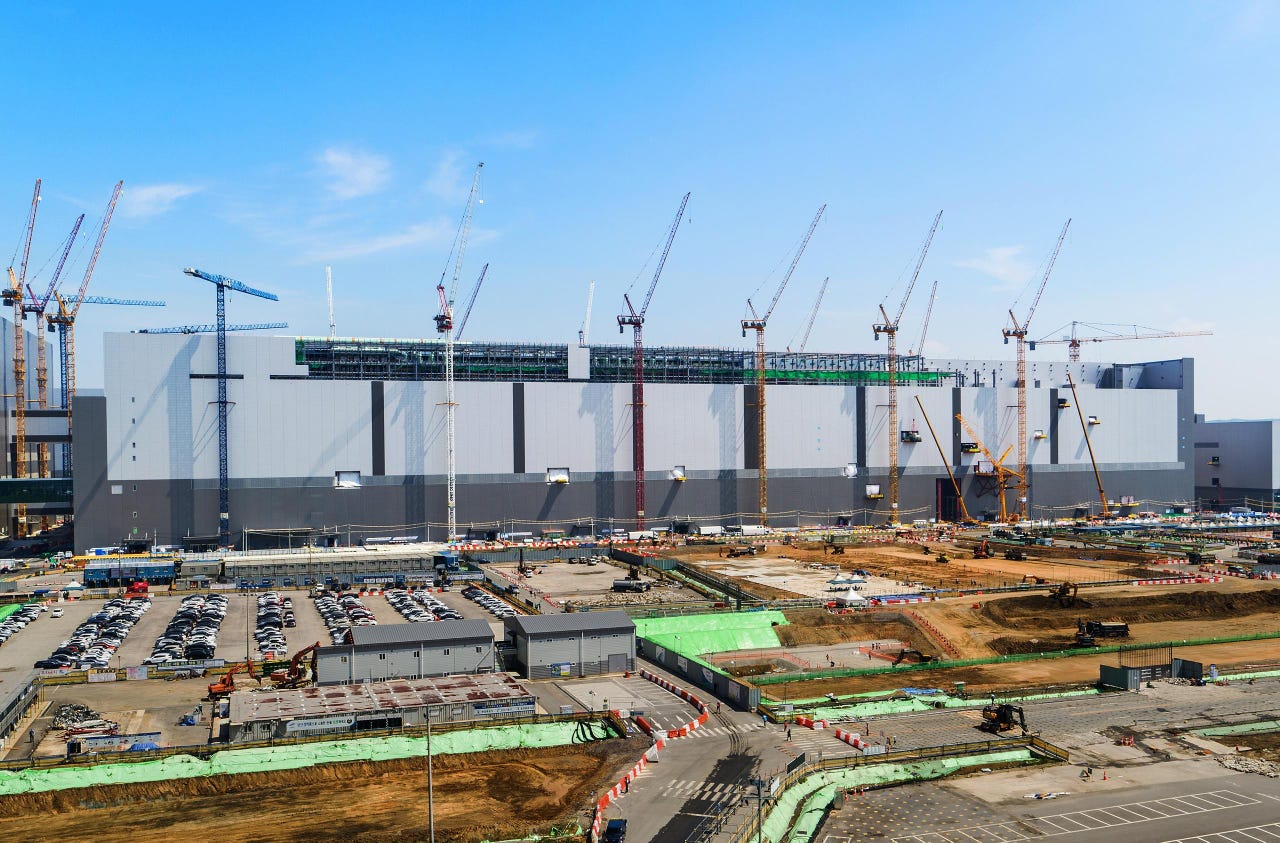Samsung begins expansion of V-NAND production line in South Korea


Samsung is expanding its NAND flash memory production capacity.
Samsung Electronics has begun construction at its Pyeongtaek plant in South Korea to expand its V-NAND memory production line, the company announced on Monday.
The expanded line, once complete, will produce 100-layer class V-NAND flash memory, Samsung said. The company expects the expansion to be finished in the second half of 2021.
The South Korean tech giant added that it hopes the expanded line will help meet the growing demand for NAND flash memory in the mid to long-term as artificial intelligence (AI) and Internet of Things (IoT) become more prevalent.
Addressing COVID-19, Samsung also said it believes the social distancing measures that have arisen from the pandemic have accelerated this shift to AI and IoT, and that the latest investment would allow the company to get an early footing into future opportunities.
Samsung's Pyeongtaek plant was built in 2015. The company then started producing NAND flash memory chips at the plant in 2017, which allowed the South Korean tech giant to meet a huge demand for memory chips and post record profits in 2018. Samsung's profits peaked in the third quarter of that year.
See also: Samsung develops new security chip for smartphones
Since 2002, Samsung has been the world's largest NAND flash memory maker and first began producing the industry's first 100-layer V-NAND in August 2019.
As of last month, the company has also been constructing a new contract chip-making line at the factory that uses extreme ultraviolet (EUV) technology to make chips that are 5nm or smaller.
Meanwhile, Samsung has also launched its Odyssey G7 gaming monitor, which was first unveiled at CES earlier this year.
The curved QLED monitor comes in two different form factors, 27-inch and 32-inch sizes, and has a curvature radius of 1,000mm. It has a 1ms response time, 240Hz refresh rate, boasts 600 cd/m2 peak brightness, and also has the Eye Comfort certification from TUV Rheinland. Global sales of the monitor begin this month.
It also launched the Intel-based Galaxy Book S laptop on Friday. According to Samsung, the laptop is powered by a new Intel CPU with "Intel Hybrid Technology", which uses the chipmaker's Foyeros 3D stacking technology and a hybrid CPU architecture.
The processor delivers full Windows 10 compatibility and will conserve battery when not in use, it added.
The laptop will come with a 42Wh battery, 8GB RAM, and users will have the option of either 256GB or 512GB internal memory. It also supports Wi-Fi 6 and LTE connectivity.
RELATED COVERAGE
Samsung taps Xilinx's Versal adaptive compute platform for commercial 5G deployments
Xilinx said its adaptive compute systems will help strengthen Samsung's signal processing performance for 5G.
Samsung pushes 8.5Gbps across 800MHz of 5G mmWave spectrum
Multi-user MIMO sees Samsung transfer 4.3Gbps of data to a pair of mobiles.
Samsung sees stable Q1 profits despite COVID-19 pandemic
Uncertainties remain high for the second quarter, however, due to coronavirus.
Samsung donated $29m worth of funds and goods to tackle COVID-19
The company has also helped South Korean mask makers increase their production efficiency.
Samsung Galaxy XCover Pro now available nationwide (TechRepublic)
The multipurpose smartphone, introduced in January, was designed to make it easier for frontline workers to do their job in any environment, according to the company.